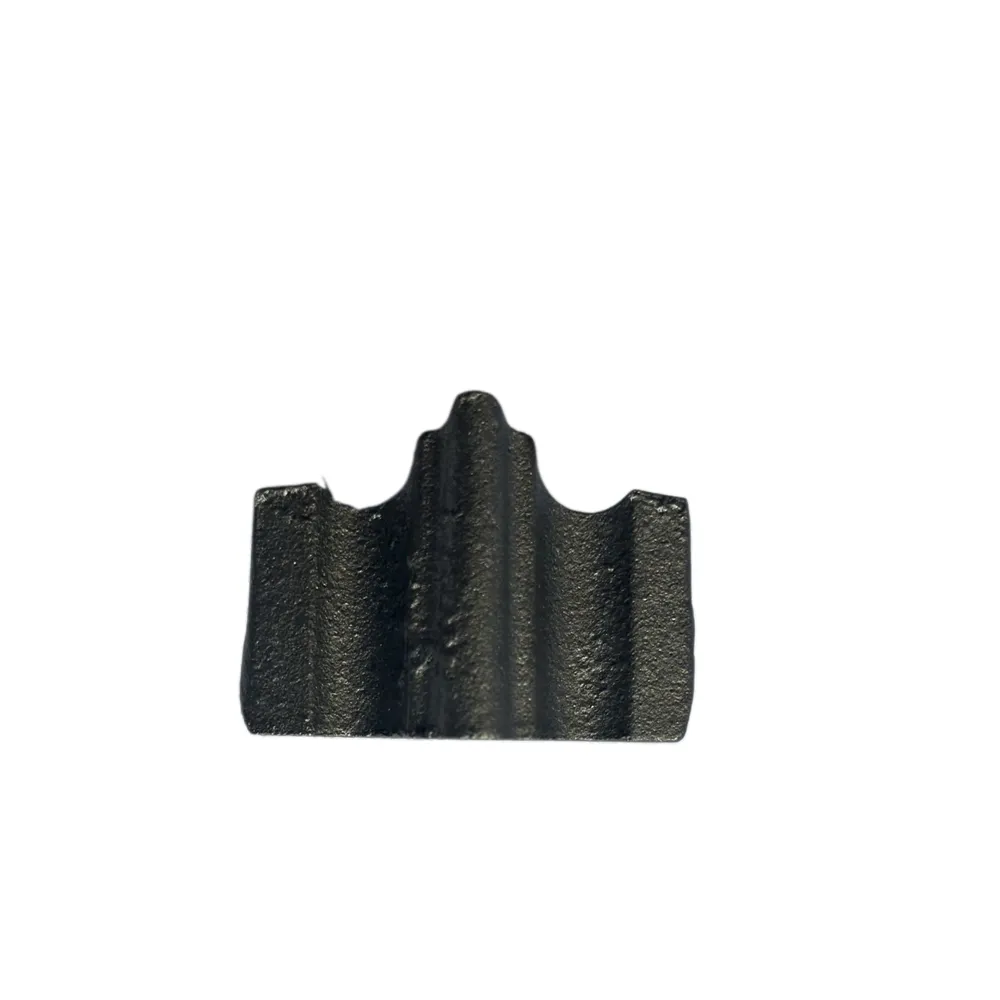roller door rollers
Understanding Roller Door Rollers A Comprehensive Guide
Roller doors have become increasingly popular in both residential and commercial buildings due to their space-saving design and ease of use. At the heart of these doors are their rollers, which play a critical role in the functionality and longevity of the doors. In this article, we will explore the different aspects of roller door rollers, including their types, maintenance, and installation.
What Are Roller Door Rollers?
Roller door rollers are small yet essential components that allow roller doors to open and close smoothly. They are typically made of durable materials, such as nylon or steel, and are designed to minimize friction while supporting the weight of the door. These rollers are attached to the door and glide along vertical tracks, enabling the door to roll up and down seamlessly.
Types of Roller Door Rollers
1. Nylon Rollers These are popular for residential roller doors due to their quiet operation and resistance to corrosion. Nylon rollers are lightweight and often used in lighter doors, making them ideal for home garages.
2. Steel Rollers Known for their strength and durability, steel rollers are commonly used in commercial applications where heavier doors are required. They can withstand more wear and tear, making them suitable for high-traffic areas.
3. Ball Bearing Rollers These rollers incorporate ball bearings to reduce friction even further. They provide a smoother operation and are often found in high-end systems where noise reduction is a priority.
4. Guide Rollers Unlike standard rollers that move vertically along the tracks, guide rollers are used to keep the door aligned and stable. They prevent misalignment and jamming, ensuring that the door operates correctly throughout its lifespan.
Maintenance of Roller Door Rollers
Proper maintenance is crucial to prolonging the life of your roller door rollers and ensuring efficient operation. Here are some essential maintenance tips
1. Regular Cleaning Dust, dirt, and debris can accumulate on the rollers and tracks, hindering operation. Regularly clean these components to prevent buildup.
2. Lubrication Apply a silicone-based lubricant to the rollers and tracks every six months. This helps reduce friction, allowing for smoother movement. Avoid using grease, as it can attract dirt and debris.
roller door rollers

3. Inspection Regularly inspect the rollers for wear and tear. Look for signs of damage, such as chips or cracks in nylon rollers or rust on steel rollers. Any damaged rollers should be replaced immediately.
4. Alignment Check Ensure that the door is aligned with the tracks. Misalignment can cause the rollers to wear out more quickly and lead to operational issues.
5. Professional Servicing Consider having a professional inspect your roller door system annually. Professionals can identify potential issues before they become major problems and ensure everything is functioning correctly.
Installation of Roller Door Rollers
If you're considering replacing your roller door rollers, it's essential to follow a proper installation procedure. While it can be a DIY project, having some basic tools and a clear understanding of the process is vital.
1. Gather the Necessary Tools You'll need a screwdriver, a level, pliers, and safety goggles. Ensure you have the replacement rollers on hand.
2. Remove the Old Rollers Carefully detach the roller door from the tracks. Remove the old rollers by unscrewing them.
3. Install New Rollers Attach the new rollers in the same position as the old ones. Ensure they are securely fastened.
4. Reattach the Door Carefully lift the door back onto the tracks, ensuring the rollers fit correctly.
5. Test the Door Open and close the door several times to ensure the new rollers are functioning properly and the door is aligned correctly.
Conclusion
Understanding roller door rollers is essential for maintaining the functionality and aesthetics of your roller doors. With the right knowledge, regular maintenance, and proper installation techniques, you can ensure your roller doors operate smoothly for years to come. Whether you opt for nylon, steel, or ball bearing rollers, choosing the right type for your specific needs will make a significant difference in performance and durability.
-
Wrought Iron Components: Timeless Elegance and Structural StrengthNewsJul.28,2025
-
Window Hardware Essentials: Rollers, Handles, and Locking SolutionsNewsJul.28,2025
-
Small Agricultural Processing Machines: Corn Threshers, Cassava Chippers, Grain Peelers & Chaff CuttersNewsJul.28,2025
-
Sliding Rollers: Smooth, Silent, and Built to LastNewsJul.28,2025
-
Cast Iron Stoves: Timeless Heating with Modern EfficiencyNewsJul.28,2025
-
Cast Iron Pipe and Fitting: Durable, Fire-Resistant Solutions for Plumbing and DrainageNewsJul.28,2025
-
 Wrought Iron Components: Timeless Elegance and Structural StrengthJul-28-2025Wrought Iron Components: Timeless Elegance and Structural Strength
Wrought Iron Components: Timeless Elegance and Structural StrengthJul-28-2025Wrought Iron Components: Timeless Elegance and Structural Strength -
 Window Hardware Essentials: Rollers, Handles, and Locking SolutionsJul-28-2025Window Hardware Essentials: Rollers, Handles, and Locking Solutions
Window Hardware Essentials: Rollers, Handles, and Locking SolutionsJul-28-2025Window Hardware Essentials: Rollers, Handles, and Locking Solutions -
 Small Agricultural Processing Machines: Corn Threshers, Cassava Chippers, Grain Peelers & Chaff CuttersJul-28-2025Small Agricultural Processing Machines: Corn Threshers, Cassava Chippers, Grain Peelers & Chaff Cutters
Small Agricultural Processing Machines: Corn Threshers, Cassava Chippers, Grain Peelers & Chaff CuttersJul-28-2025Small Agricultural Processing Machines: Corn Threshers, Cassava Chippers, Grain Peelers & Chaff Cutters












